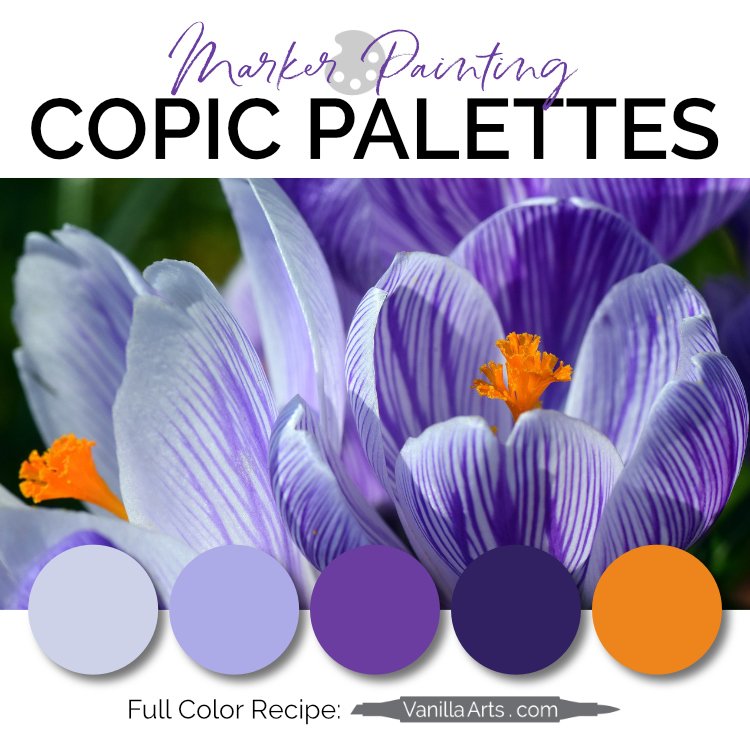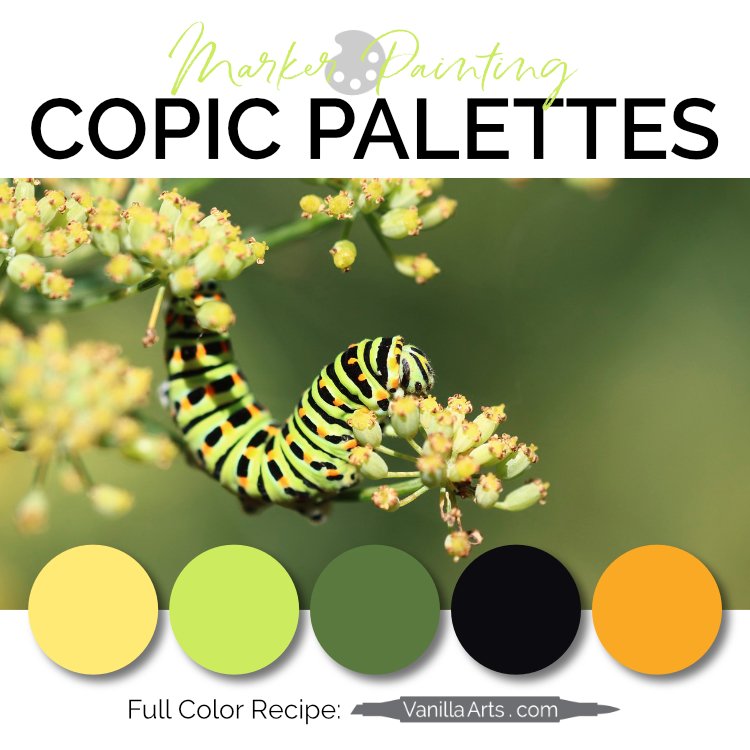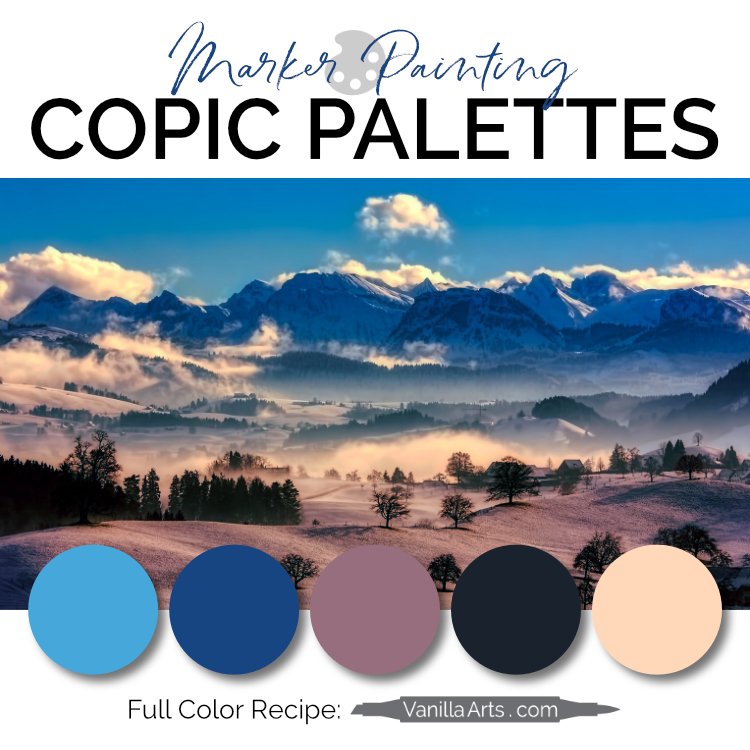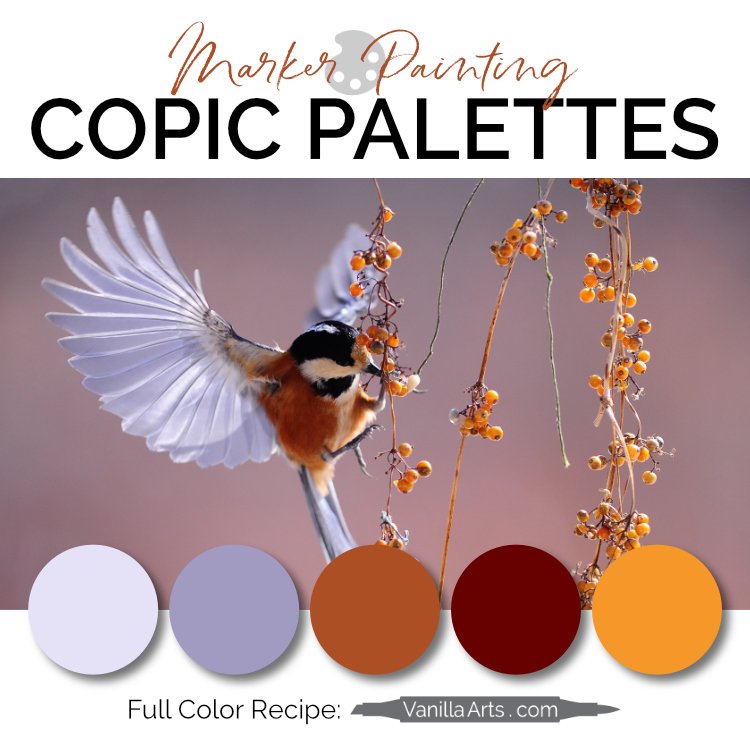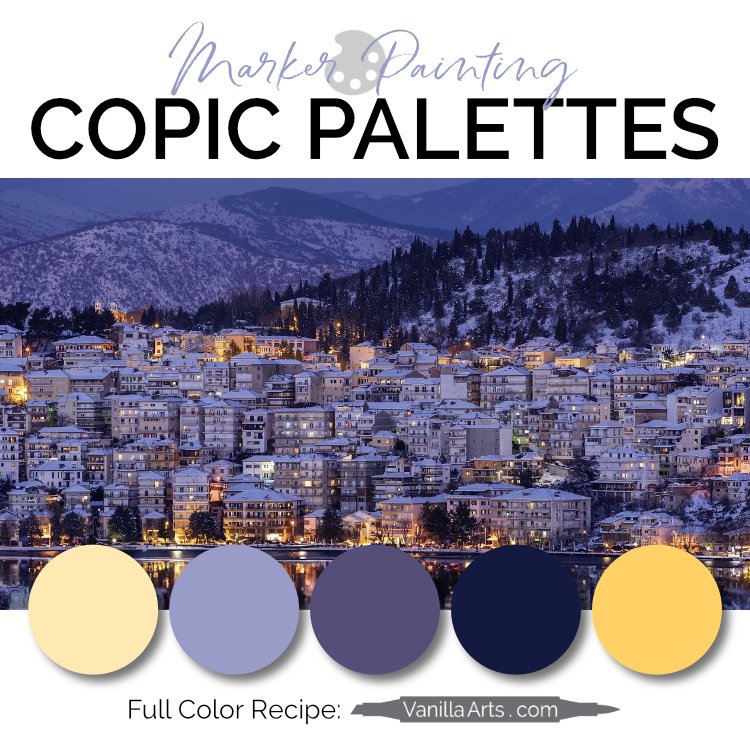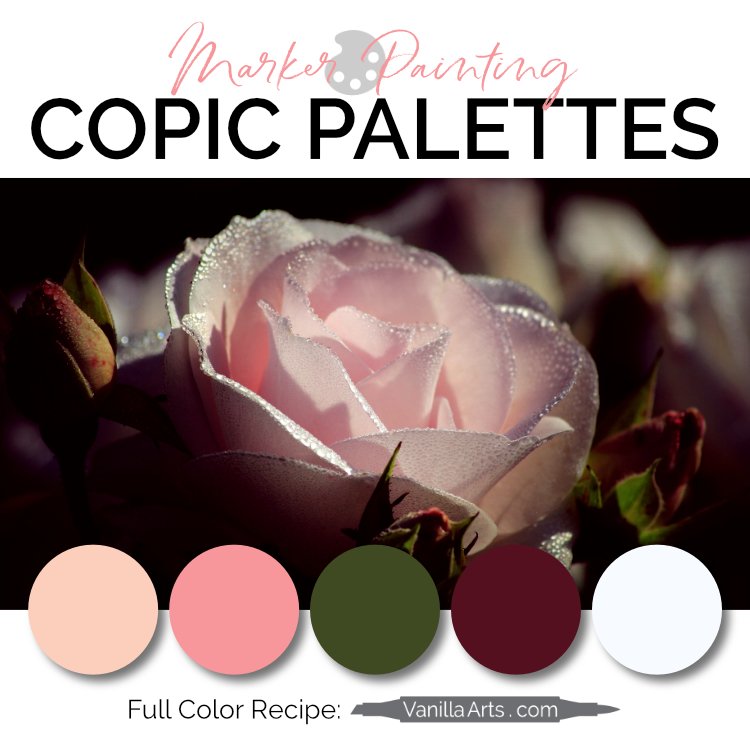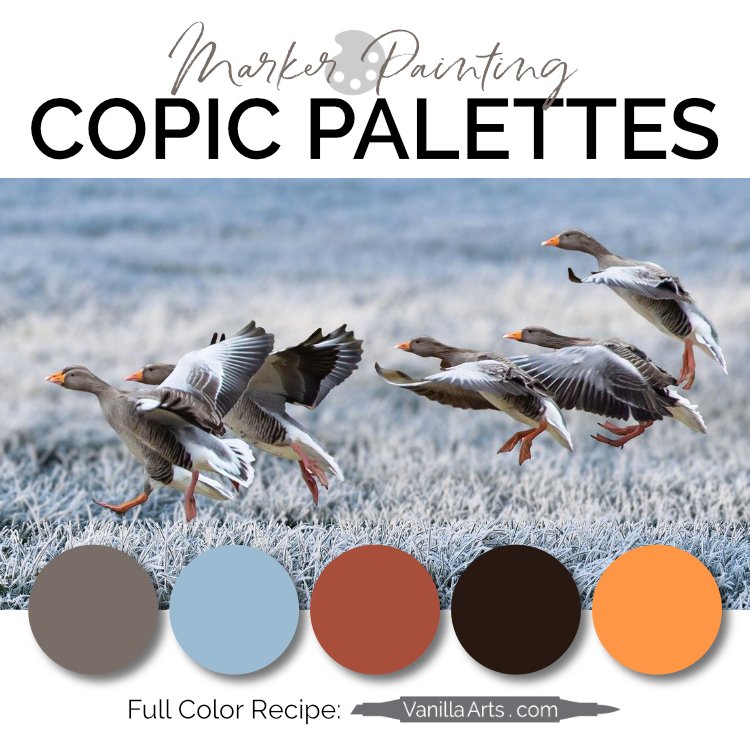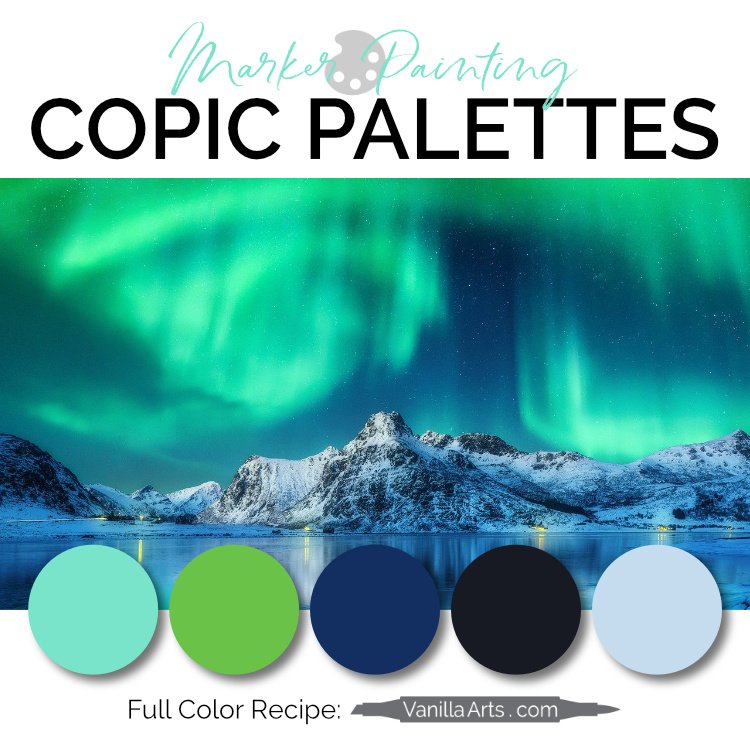10 Ways to Kill a Copic Nib
It was Miss Scarlett in the library with the candlestick...
No, maybe it was Colonel Mustard in the conservatory with the wrench.
Ah ha! I've got it now...
It was Mr. Prismacolor in the studio with an alcohol based solvent!
Yeah, my Clue game board is perhaps slightly different than yours.
But the point is that we've got a dead Copic marker nib and someone is definitely to blame.
Whodunnit?
A Student has a question about Copic Nib safety:
You mentioned to be careful of using Copics with some ink liners that they can ruin the marker. So my question is what other things will ruin the marker? Can graphite pencil ruin the marker tip? What about color pencil, will the wax ruin it?
Here's my brain-dump on the subject:
Meaning it's a loose conglomeration of personal sorrows combined with things I've heard from students...
First we need to distinguish between the dead and the unfortunately maimed.
A dead Copic marker nib is one that has been damaged beyond repair and needs to be replaced.
You can do that? Yep, they sell replacement nibs and you can do surgery on your marker, right from home. Also, if your local Copic retailer offers refilling service, they can do it for you. Many Copic instructors also offer the service to their students.
By the way, a "nib" is a fancy-pants technical term for the tips of your Copic marker.
An unfortunately maimed Copic marker nib is one that is ugly but still perfectly serviceable.
What damages Copic nibs?
And in the spirit of a murder mystery, let's run through a list of unfortunate accidents.
What can kill a marker nib and what will damage or maim it, leaving you with only partial function?
1. Stamping with the wrong ink pad
Copic ink has an alcohol based solvent. If you stamp with an ink pad that uses a similar solvent to stay moist and juicy and then color over it with a Copic marker, you most likely will reactivate that ink. The first clue that something is amiss will be that your marker starts to smear the stamped lines. At that point, you've likely discolored your marker tip (maiming). If you keep going long enough, you're going to pick up enough stamp ink particles that you'll either clog the pores of your nib which impedes proper ink flow (a definite kill) or you'll forever be leaving streaks of ink pad ink everytime you use that marker (not fatal but essentially a kill).
And no, heat setting does not solve your incompatible ink pad problem!!! That's dead wrong, wrongity-wrong. A solvent will always have the ability to chemically reconstitute an ink, no matter how long you let it dry, no matter how much you heat set it. You may prolong the amount of time it takes to smear that ink but it will still happen eventually.
2. Incompatible Ink Jet printer inks
See stamp pad ink above. Same story only with definitely tragic consequences.
This does not apply to ALL ink jet printers. HP and Brother each have several ink formulations that are Copic safe. If you're a digital stamp collector, you really need to test the printer ink before you buy the printer.
3. Microns or technical pens other than Multiliners
Okay, there's always someone who did it and didn't die. Different line pens have different inks, and I suspect the paper also has something to do with the process. But just like stamp pads, you can pick up, drag, and smear technical pen ink. And just like stamp pads, heat setting or long dry times won't negate the incompatibility problem.
Copic developed and sells Multiliners precisely because of this problem. And frankly, I don't understand the reluctance of many Manga artists to switch from Microns to Multiliners. Sheesh, you pay big bucks for each Copic marker but you won't spend the extra $1 to get a technical pen that won't kill your $7 marker??? On what planet does that make good economical sense?
4. Colored Pencils, wax or oil based pigment sticks
The official spiel is that you always do your colored pencil work AFTER you've finished ALL the Copic work. And once you put down colored pencil, you NEVER go back and touch anything up.
Copic solvent will dissolve the binder in colored pencil marks which then frees the pigment particles up to clog the pores in your Copic nibs.
Having given you the officially official word, I'll tell you that I'm guilty of violating this law quite regularly. And I've seen other artists violate it religiously, with fervor, and without a care in the world.
It can clog your nibs. But it's not going to happen instantaneously. You have to do it a lot and you've got to be deliberately scrubbing the area repeatedly to encourage the clogging.
So, don't do what I do unless you're prepared to deal with the consequences.
5. Charcoal, graphite, pastels, and other unbound grainy items like raw or unfired clay (and even dirty surfaces)
Unlike colored pencils, these items have less binder holding the pigment grains together. Unbound pigments are pretty much guaranteed to clog your nibs on the very first pass.
Will they kill it? Uhhhh.... maybe. I'd imagine clay or pastel is an immediate kill. Clay is pretty wicked.
But I have several nibs that are essentially stained with graphite. They're ugly but they're not clogged and have never transferred the graphite to other projects. Graphite stains are the bane of folks like me who draw, then ink, then color their projects. Even with a good eraser, you always leave some graphite behind and your Copic marker will eventually find it.
6. Poster paint and white-out
Basically, we're talking about inexpensive matte paints here. They're usually water based but some white outs have acetone or alcohol as a base.
That matte, shine free, paper like surface they produce is because the particles aren't well bonded to the paper. There's always some rub-off potential, even with a wet finger.
Even a slight touchdown with a Copic will lift off particles and clog the pores.
8. Acrylic paint, faux embossing, lacquered items
Copic solvent does a pretty mean job on some plastics, especially acrylic based paints and even cured embossing powders.
It won't happen instantaneously, not with one touch but with enough contact and the natural friction caused by normal coloring strokes, you will gum up your nibs.
Even worse are lacquered items- non-traditional surface like a gift box or even a shiny or pearl glazed specialty papers. Lacquers ARE by definition alcohol based, so it's not a "maybe it'll clog the pores eventually" but an "it's gonna ruin it darned quick" kind of situation.
And yes, I know you card makers think of embossing powders as "embossing" but it's actually a faux process meant to mimic the look of embossing/debossing. If you're heat-setting a a powder, you're doing the fake thing.
9. Copic Jelly
Here's one you may not have thought of but I'd be willing to bet it's on the FBI's Most Wanted List.
Copic Jelly? Really?
Yep. Every time you cap your marker, your marker dings up against the inside of the cap. Often used caps begin to get really messy inside. The ink kinda-maybe-sorta dries on the inside of the cap but it never really fully dries. It's sticky. It's jellyish.
So if you've got a jelly coated marker cap, now every time you replace that cap, you're rubbing a bit of jelly onto your marker tip. It happens with the brush tips A LOT. When you collect enough jelly on your nib, it starts to look dark and leaves jelly streaks on your project. The jelly also prevents full ink flow in those dark patches. Leave it long enough and the entire brush nib will get hard and gunky.
Gunky. That's a technical term.
So cleaning your caps isn't just a think that Copic bloggers like to write about, it's something you really need to stay on top of.
Don't underestimate the importance of good Marker Hygiene.
Okay, so there are 9 ways to maim or kill your Copic nibs.
But ten would be so much nicer, no?
So here's number 10...
10. The family dog
Uhm...
Don't ask me how I know that a dog's tongue will remain a lovely shade of V09 for approximately 3.25 days....
















